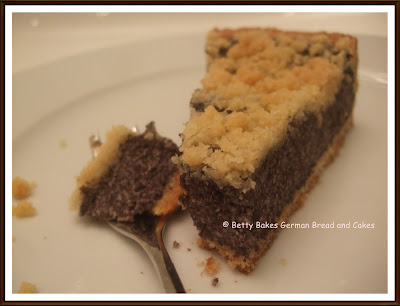Cinnamon stars are a very traditional kind of Christmas biscuit. Although I am not conservative about many things I have always preferred traditional baking to the new and trendy recipes (the other areas my conservatism extends to are beer and wine). Give me nuts, honey, cinnamon, butter and chocolate any day. I don’t need basil, cranberries or espresso in my Christmas biscuits. The recipe is also fairly special in that it contains neither flour, nor butter. Nutritional value is added instead with a load of ground nuts and sugar. The recipe for cinnamon stars is simple, but it requires a bit of commitment. The dough is a bit sticky and it takes a steady hand and some patience to get the stars cut out evenly and transferred onto a baking sheet. I therefore do not recommend this recipe for a fun afternoon of baking with small children. The stars can be baked with almonds and amaretto as in the recipe below. A hazelnut and rum combination can be used also, but I prefer the subtle marzipan flavour of almonds. The recipe makes about 70 stars.
For the dough:
500 g ground almonds
250 g icing sugar
1 level tbsp cinnamon
1 small pinch of ground cloves
2 egg whites
2 tbsp amaretto (can be replaced with water and some almond extract)
For the icing:
1 egg white
150 g icing sugar
Combine all dough ingredients and knead into a smooth ball of dough. It is fairly sticky and always will be. Roll portions of the dough in between two layers of cling film until about 5 mm thick. Cut out biscuits with a star-shaped cutter. It helps to wash the cutter every once in a while to avoid it from getting too sticky. Carefully transfer the stars onto a baking sheet covered in baking paper. Leave to dry for 20 minutes or so (if you have room, put them in the fridge for a while).
For the icing whisk the egg white until it is very stiff. Gradually add the icing sugar and continue mixing until you have smooth icing. Cover the stars evenly with a relatively thick coat of icing. This takes a bit of patience. For best results I put a teaspoon of icing in the middle of each star and then spread this evenly with the back or the handle of the spoon. A pastry brush does not really work very well here. Leave to dry again for about 20-30 minutes (this will stop the icing from cracking in the oven). Bake at no more than 150 degrees for about 10-15 minutes. The icing should remain white and not go brown on top. The stars are very soft when they come out of the oven, but they firm up quickly. Their texture is chewy, rather than hard and crispy.















